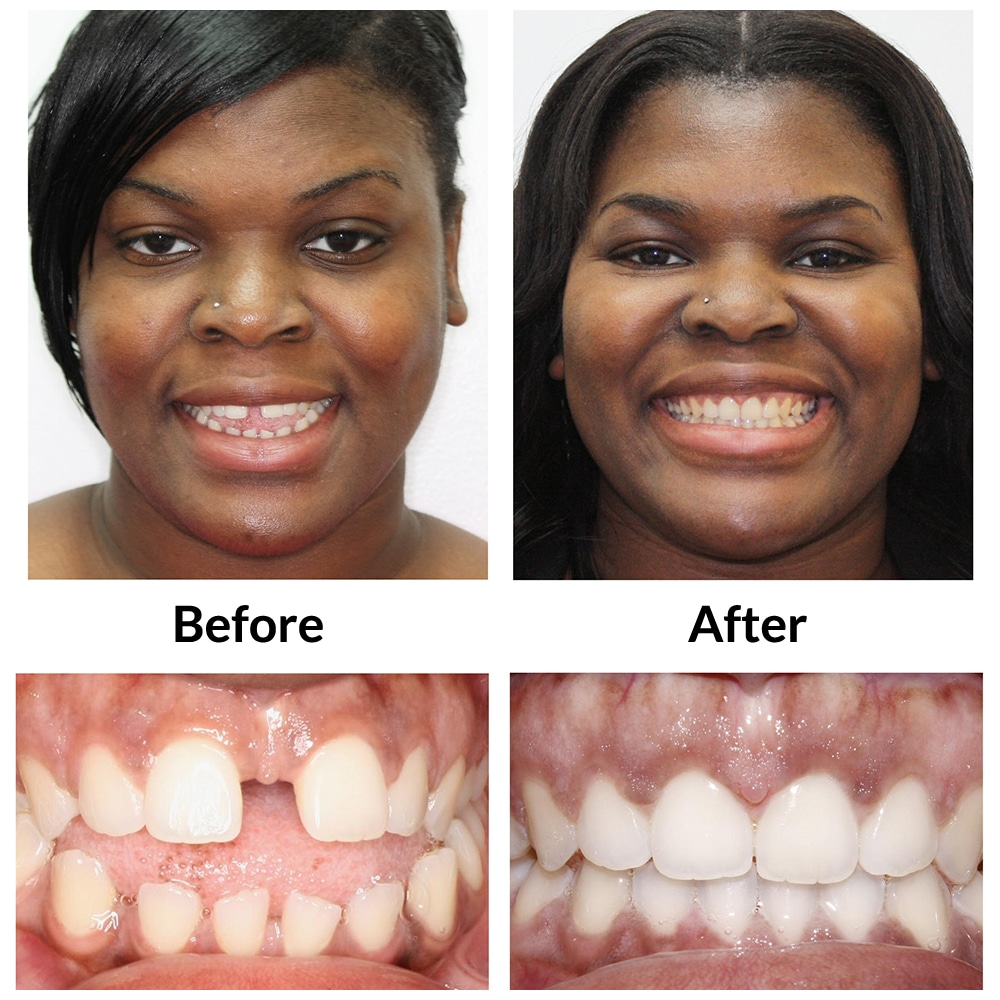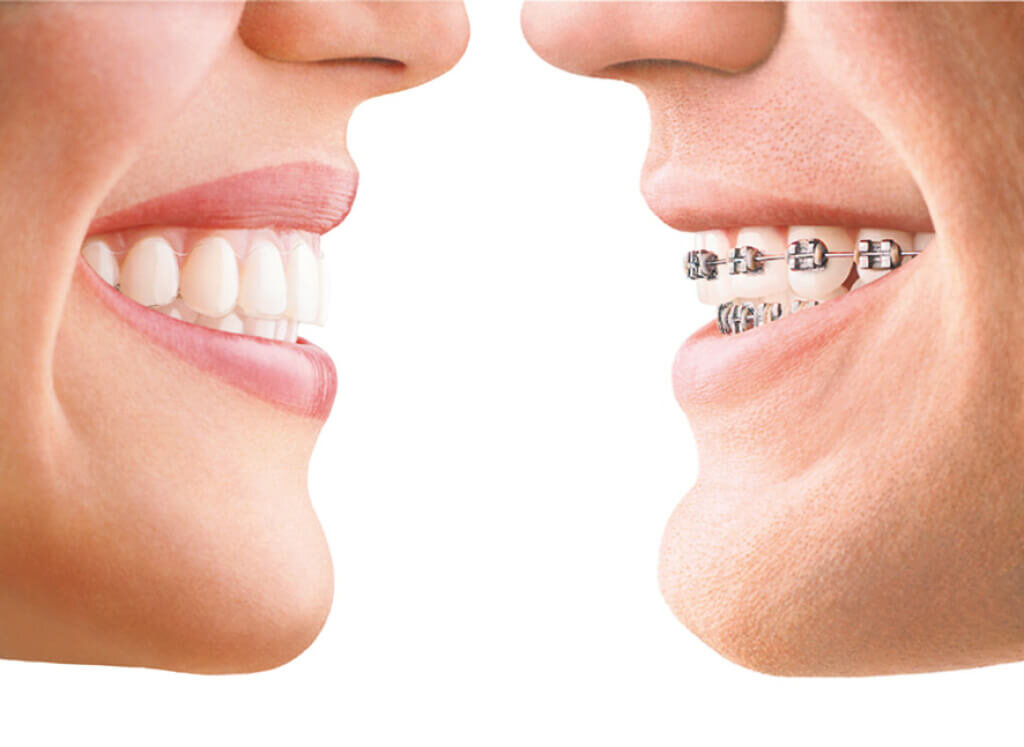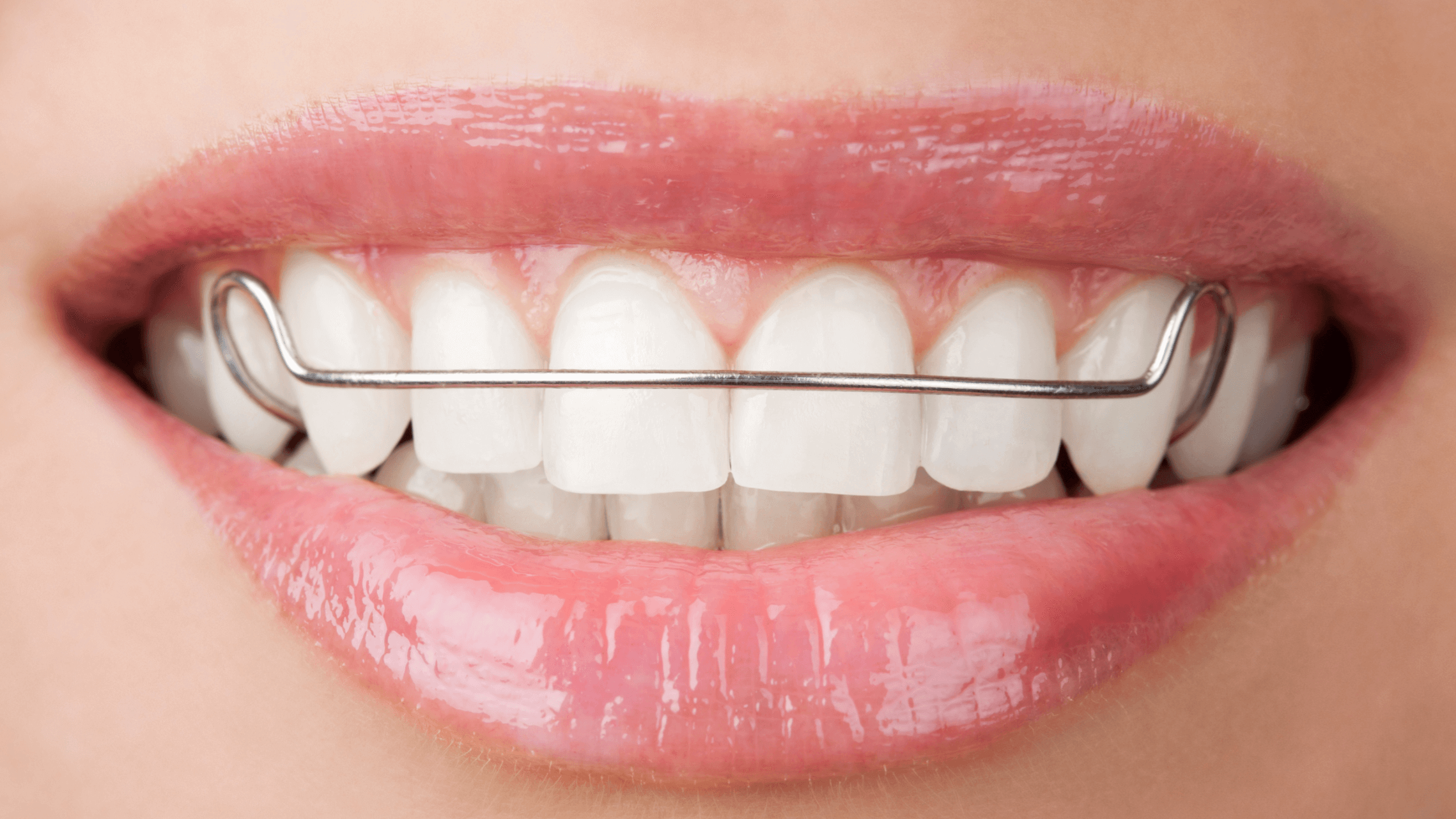What to Anticipate During Your Invisalign Journey: A Comprehensive Overview
What to Anticipate During Your Invisalign Journey: A Comprehensive Overview
Blog Article
Invisalign vs. Standard Braces: Which Alternative Is Right for You?
When taking into consideration orthodontic treatment, the choice in between Invisalign and standard dental braces offers several crucial aspects that merit careful analysis. Invisalign supplies a very discreet choice with detachable aligners, while conventional braces provide a more visible yet effective option for extreme imbalance.
Overview of Treatment Options

On the other hand, standard dental braces consist of steel braces and wires that are bonded to the teeth. This method uses constant stress gradually to attain positioning. While effective for complicated orthodontic problems, conventional dental braces call for regular check outs for modifications and can present difficulties in maintaining oral health because of the difficulty of cleaning around braces and wires.
Both choices have their values, and the selection commonly rests on certain dental conditions, way of life preferences, and client compliance. Inevitably, consulting an orthodontic expert is important for determining the most appropriate treatment plan customized to individual demands. Recognizing the nuances of each choice can substantially affect the general success of orthodontic treatment.
Aesthetic Factors To Consider
A significant factor influencing the choice in between Invisalign and typical braces is the aesthetic appeal each therapy provides. Invisalign aligners are crafted from clear plastic, making them virtually unseen when worn.
In comparison, conventional braces contain steel braces and cables, which can be much more visible. While improvements in orthodontic technology have led to the growth of smaller sized brackets and colored elastics, conventional braces still maintain a more obvious account. For some people, the visibility of dental braces might discourage them from seeking required treatment.
Eventually, the selection between Invisalign and standard braces might hinge on personal preferences pertaining to aesthetic appeals. Individuals who prioritize discretion often lean towards Invisalign, while those who are much less concerned regarding visibility might select conventional braces. Understanding the visual effects of each option is critical for making an informed decision that straightens with one's way of living and choices.
Comfort and Convenience

In terms of benefit, Invisalign aligners are detachable, allowing individuals to appreciate their favored foods without constraint and preserve optimum oral hygiene. Brushing and flossing are streamlined, as the aligners can be taken out during these routines, whereas typical dental braces need careful steering around braces and cords.
In addition, Invisalign's progressive system enables fewer orthodontic brows through. Individuals normally obtain several collections of aligners at when, which can improve the treatment process and reduce time invested in the orthodontist's chair. In contrast, conventional braces demand routine changes, making them less practical for those with busy routines. Invisalign. In general, the convenience and benefit of Invisalign make it an More Info appealing selection for several individuals looking for orthodontic therapy.
Therapy Duration and Performance
While both Invisalign and conventional braces work in fixing dental imbalances, the period of treatment can vary dramatically between both choices. Typically, Invisalign treatment can take anywhere from 12 to 18 months, depending on the complexity of the case. The clear aligners function by progressively changing teeth right into their desired positions, and regular follow-ups with an orthodontist help ensure progression stays on course.
On the other hand, traditional dental braces commonly need a longer dedication, usually varying from 18 months to 3 years. This is because of their fixed nature and the usage of braces and cables, which can be much more efficient for complex situations and extreme misalignments (Invisalign). The treatment performance of conventional braces is well-documented, as they allow for precise modifications and greater control over tooth movement
Inevitably, the option in between Invisalign and typical dental braces might pivot on both the expected navigate to this website therapy period and the certain oral concerns available. Consulting with an orthodontist is critical, as they can supply customized suggestions based upon private needs, guaranteeing the picked method lines up with desired timeframes and outcomes.
Cost Contrast and Insurance Coverage Choices
Cost plays a significant duty in the decision-making procedure for individuals considering orthodontic treatment, whether choosing for Invisalign or conventional braces. Generally, the cost of Invisalign arrays from $3,000 to $8,000, while typical dental braces usually cost in between $2,000 and $6,000. Aspects influencing these costs include the intricacy of the instance, the duration of therapy, and geographical area.
Lots of oral insurance policy plans give partial coverage for orthodontic treatments, but the specifics can differ widely. Typically, standard dental braces might be a lot more often covered by insurance strategies contrasted to Invisalign, which some insurance providers classify as an aesthetic procedure.
Additionally, numerous orthodontic methods supply flexible layaway plan, making both treatment alternatives extra obtainable. Clients should make inquiries regarding prospective financing options and price cuts for upfront settlements. Assessing the complete cost, consisting of insurance policy advantages and settlement strategies, is essential for making an informed choice that straightens with both aesthetic choices and budget plan factors to consider.
&srotate=0)
Conclusion
In summary, the selection in between Invisalign and conventional dental braces rests on several elements, consisting of aesthetic preferences, comfort, treatment duration, and cost. Invisalign uses a very discreet, detachable alternative that facilitates dental hygiene and dietary adaptability, while conventional dental braces might be much more ideal for complicated dental concerns and typically come with a lower cost factor. Ultimately, examination with an orthodontist is necessary to evaluate private situations and figure out one of the most appropriate therapy alternative for attaining optimal oral positioning.
When considering orthodontic treatment, the choice between Invisalign and conventional dental braces offers a number of crucial aspects that warrant mindful assessment.Comparing Invisalign and typical braces discloses distinct therapy choices for orthodontic modification.While both Invisalign and conventional dental braces are effective in remedying oral imbalances, the period of treatment can differ considerably between the two options.Expense plays a substantial function in the decision-making procedure for people considering this link orthodontic therapy, whether deciding for Invisalign or traditional braces.In recap, the choice in between Invisalign and standard braces pivots on multiple factors, including aesthetic choices, comfort, therapy duration, and cost.
Report this page